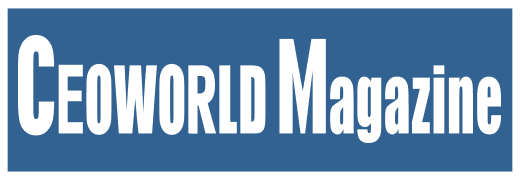



Feature Story
More feature stories by year:
2024
2023
2022
2021
2020
2019
2018
2017
2016
2015
2014
2013
2012
2011
2010
2009
2008
2007
2006
2005
2004
2003
2002
2001
2000
1999
1998
 Return to: 2020 Feature Stories
Return to: 2020 Feature Stories
CLIENT: INNOVAPPTIVE
July 21, 2020: CEOWORLD Magazine
There has been a lot of talk lately about the Connected Worker”. The “Connected Worker” converges different technology trends such as Cloud, mobile, web, chat, social, wearables, AI/ML, and more to change the entire working life of a companies’ front-line worker. In an era of uncertainty during Covid-19, it’s important that a company not only thinks of enabling their front-line workers with important ERP operational data, but also empowers them with step-by-step guided work instructions that helps them get the job done faster, better, cheaper and safer.
By 2050, the world population is estimated to grow from 7.6 billion to 9.6 billion. This growing population will boost consumer demand across all industries. From construction, to food & beverage, to life sciences, oil & gas, and many more industries. This growing demand means that we expect to see investments into production and manufacturing facilities, creation of many new jobs and a positive impact to the economy. Ultimately this positive impact will lead to hiring of many new front-line workers to support these operations.
These new opportunities create new sets of challenges. There are four challenges that business operations will have to face to keep their operations running. These include:
Companies need to start thinking of how digital transformation can help them combat these macro trends and challenges. Simply delivering a mobile app for your front-line worker is not the right solution. If companies do not think about bridging the skills gap between a new front-line worker and an experienced front-line worker, they may soon end up in an operational crisis that can impact production and revenue streams.
Best-in-class Connected Worker Platforms will offer the technology for experts to guide new front-line workers remotely. Companies can expect to see a trend where more and more expert workers will be used to help four to five new front-line workers from the comfort of their homes. Remote guided assistance and over the shoulder coaching with smart glasses and a two-way video conferencing experience will not just be a “cool technology,” but will be a necessity in the next two to five years.
Connected Worker Platforms appeal to younger front-line workers, who are “digital natives” and comfortable with mobile technology. Such platforms also help industrial plants successfully solve shrinking profit margin challenges, skills gaps, tribal knowledge loss and worker safety issues. For these reasons, a Connected Worker Platform will soon be a necessity for manufacturing and industrial facilities.
Return to: 2020 Feature Stories